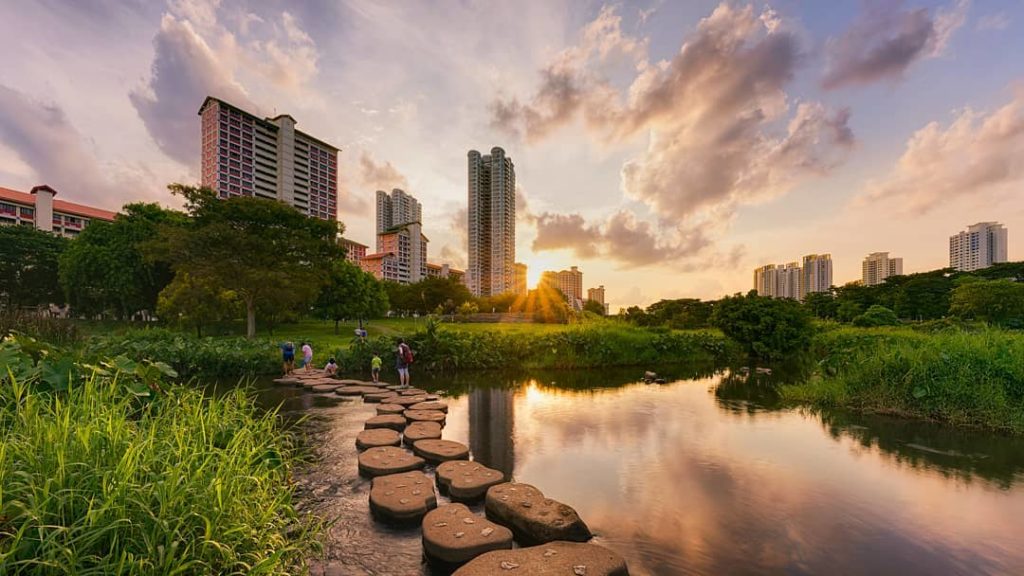
If they are contained and slow, we call them lakes and ponds. If they run in channels over the land, we call them streams and rivers. Where aquifers reach open air, we no longer call them aquifers. Your well might be sunk to an aquifer that is much deeper than that. For instance, if you dig down, you may find an aquifer six or eight feet down. There is often more than one aquifer in any given location. So while the water in an aquifer flows downhill, it does so. The earth becomes a giant sponge, in other words. Because it is underground, its water fills the tiny spaces between particles of rock, dirt, and clay. It is important to realize, though, that an aquifer is not your ordinary stream. They are, in effect, underground streams. This means that huge sheets of fresh water are slowly moving underneath your feet. Since it can't flow straight down anymore, it moves sideways-but still downhill. It might be shale or limestone, for instance. Water that has fallen as precipitation and soaks into the ground eventually reaches a level that it has a harder time soaking into. Some aquifers, like the Oglalla aquifer, cover large regions of the country. This is an aquifer, sometimes called groundwater. Under your feet, there is always a vast field of water. In reality, a stream, its underground hyporheic zone, and its aquifer beneath the hyporheic zone are all part of a single system.Īquifers are sometimes called "water tables," though a water table is actually just the top margin of an aquifer. Little animals! The more gravelly the ground, the farther the hyporheic zone will extend. In fact, wells drilled into the earth for houses near rivers will sometimes yield up tiny Hidingĭown there between the rocks protects them from predators, yet the water still flows to them,ĭepending on how gravelly or rocky the ground is, a river's hyporheic zone has been found toĮxtend far away from the part of the river you can see, far into the river's floodplain. Insects and crustaceans that we've been talking about can move down into the hyporheic zone. Hyporheic zone, many forms of life can be found. ThisĪrea underground where the river flows is called the hyporheic zone (hy-po-ree-ik). If youĪre standing on the bank of a river, the river may well be flowing under your feet.

River (the substrate), and it flows underneath the ground on both sides of it. For the river isįlowing even where you can't see it.

What you see when you look at a river, though, is not the whole story. In lower places where there are no lofty mountain peaks covered with snow, rivers oftenīegin this way, springing up-well, from springs! Way or another, it is a river's beginning. Surface, it may form a lake or pool or it may start running downhill right away, but one There isĪnother place where rivers rise up: from springs. Way down to the sea, they collect water from rain, and from other streams. The mountains, where snow from the winter, or ancient glaciers, is melting. This means that most rivers begin high up in

Moves downhill from one place to another. Rivers always flow downhill, of course! A stream, or a river, is formed whenever water Home Ecology Pollution Resources Food Webs Effects of Dams Habitats Saving endangered fishes Plants and Animals How a River Flows


 0 kommentar(er)
0 kommentar(er)
